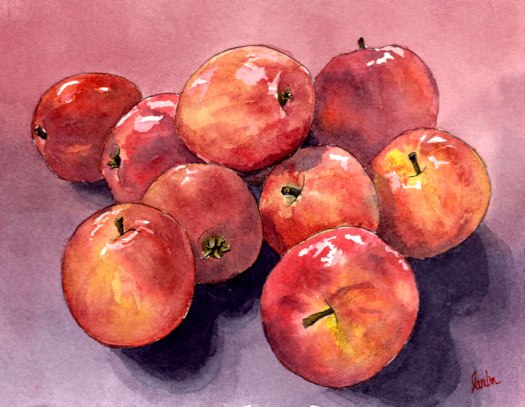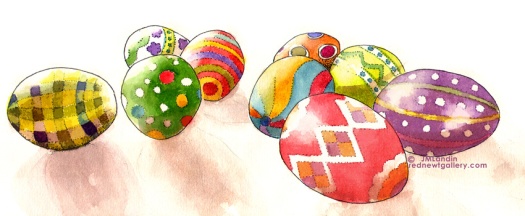
Australian Water Dragons (Intellagama lasueurii) lounge and bask around pond edges at the University of Queensland, where I saw this handsome fellow. The colorful markings under his chin advertise his masculinity to the local lizard ladies… and to rival males too.
Researchers painted a model Water Dragon (actually a plastic iguana with a few glued-on additions) with either brown markings or red markings. (1) The toy was then introduced among resident Water Dragons to record their response to the intruder. When the toy had brown markings, the real Dragons attacked faster and more often.
Those fancy red and yellow stripes attract mates, but also deter rivals.
- Baird, TA, TD Baird, and R Shine. 2013. Showing Red: Male Coloration Signals Sam-Sex Rivals in an Australian Water Dragon. Herpetologica 69(4) 436-444









